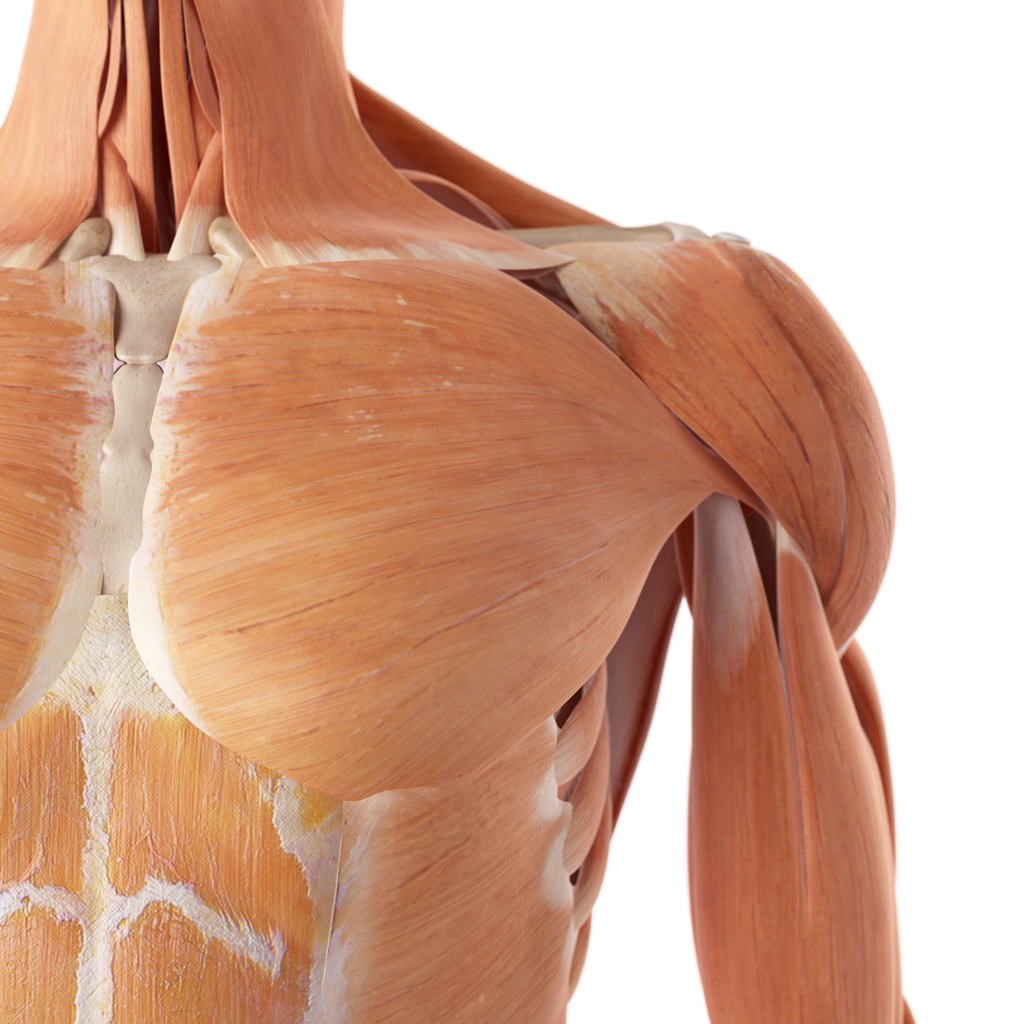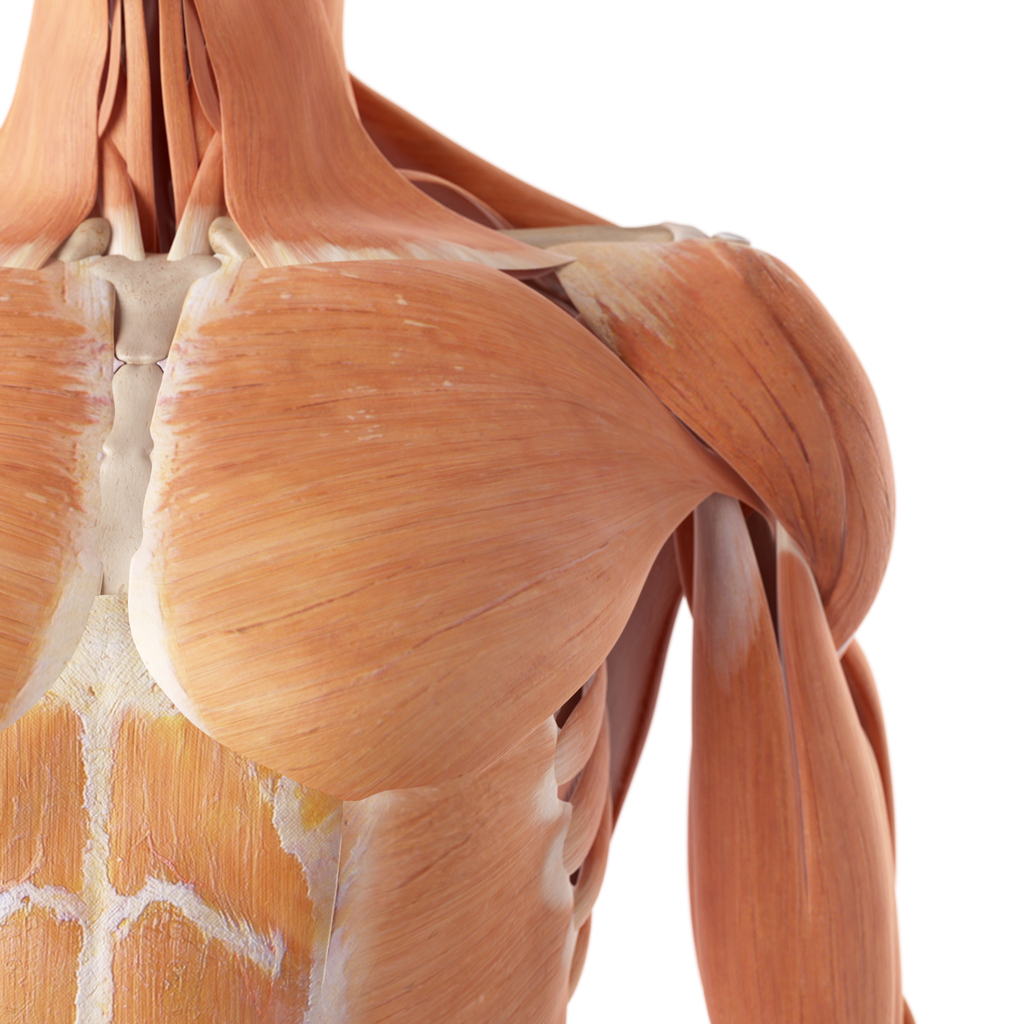What is a pectoralis strain?
Written by Chris Teh
The pectoralis muscle is the huge muscle at the front of your chest that attaches into the side of your shoulder. Think of bodybuilders when they flex and puff out their chests, that is the muscle we’re talking about!

What causes pec strains?
A pec strain typically occurs when pushing a heavy object away from your chest. This is very common in people who go to the gym whilst doing a bench press. During a bench press, the pec major muscle is required to generate a lot of force to lower and raise the bar off the chest. This can place too much load on the muscle which causes it to tear.
Outside of the gym, pec strains can occur when trying to push a heavy object such as a fridge or couch. They can also occur as a result of direct trauma to the area or by falling.
Grades of pec strains
Similar to all muscular strains, pec strains are graded from 1 to 3 depending on the level of injury.
Grade 1: mild strain resulting in minimal pain, full strength and movement, and a quick recovery time.
Grade 2: partial tear in the muscle resulting in pain, loss of strength and movement, and a longer recovery time.
Grade 3: full thickness tear/rupture of the muscle tendon resulting in pain, significant loss of strength and movement, and may potentially require surgery.
Signs and symptoms of a pec strain
Most people will report a specific moment in time where they feel a “tearing “or “popping“ sensation in the chest or around the armpit. Immediately they will feel pain in the chest and a loss of strength if they have a grade 2 or 3 tear.
Common symptoms that patients may have include:
- Immediate pain at time of injury
- Loss of strength and movement in the arm
- Swelling around the chest
- Bruising around the chest
Pain when stretching the pec.
Treatment for pec strains
Most pec strains are managed conservatively and do not require surgery unless in the case of a full rupture.
After the initial phase, the next phase involves restoring full pain-free movement to the shoulder. Eventually you will work towards strengthening the pec major muscle and then return to your usual functional activates.
Physiotherapists play a big part in the recovery process after a pec strain as they can provide you with the advice and education to fast-track your recovery. Your physiotherapist will also advise you on suitable exercises and load management strategies when you return back to activities.
Undertaking specific rehabilitation exercises to re-strengthen the pec muscle is imperative to a solid recovery. Failure to rehabilitate an injured pec muscle puts yourself at a higher risk of re-straining it in the future.

